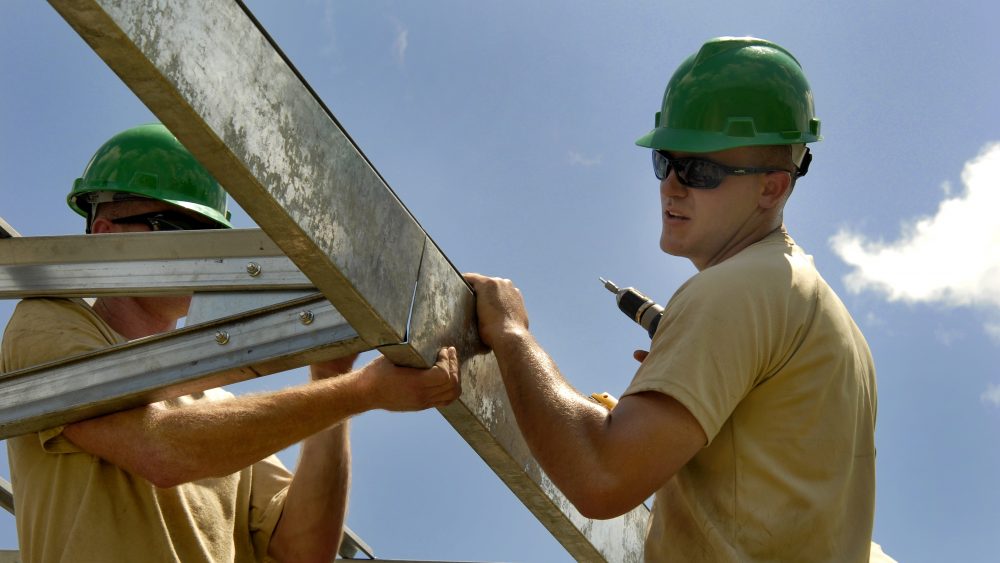Would you think that skilled journeymen are the safest workers? An interesting truth in construction is that these people are often the most susceptible to injury and harm. Such a contradiction to expectation is critical to understand and which needs to be resolved in order to achieve safety perfection in all work environments.
I know you’re wondering, how can someone be at the peak of their skill set and yet statistically be the most likely to have an “accident”? One root cause is complacency.
You have heard of multi-tasking or auto-pilot. Example: you are in your car driving down the road and before you know it you just drove 10 miles and were not conscious of what transpired during your drive. That is running on auto-pilot. It shows the power of our brain to keep us on track during the drive while our mind is elsewhere and yet there was very real danger due to not being present or consciously aware of your surroundings in order to have the split-second ability to safely react to some circumstance that could put us in danger.
Now imagine a work environment where multiple operations are taking place, among them is a highly-trained worker on auto-pilot. This worker does not hear a shout out that a crane is bringing an overhead load. The load shifts and begins to partially fall. Another worker screams at the auto-pilot worker to get out of the way. The person snapped out of this unconscious mode and was barely able to move in order to keep from being injured by the falling material. What happened? Complacency was at work here and proved to be a dangerous thing in this instance, along with a lack of situational awareness.
That muscle between our ears is powerful, but must be managed by each of us, especially when we are in an environment that has degrees or elements of danger. Sustained attention is one key element for avoiding complacency. As noted, situational awareness is another. Using a buddy system to watch out for each other is a good tool. Literally stopping the activity and taking a deep breath can allow for one to re-focus on the task at hand. Taking a moment to physically step back from the task will allow one the ability to look at the operation, first with safety in mind, and determine if any adjustments need to be made.
While complacency is a complex and contradictory problem in construction I whole-heartedly view it as an opportunity for advancing safety in the workplace. The fact is there’s a relationship between perception of risk, confidence, making mistakes and being safe.
With regard to construction, Brion Hanks’ background began in 1969 where he worked for the Whatcom Country Engineering
Department for  ten years as a Survey Crew Chief. And then it was on to the world of private construction work.
ten years as a Survey Crew Chief. And then it was on to the world of private construction work.
His versatile experience has encompassed Heavy Highway projects; six major airport projects; several large industrial projects involving structures and three paper mills; subdivision development with installation of all infrastructures starting from a Greenfield to as large as 1400 lots. Four large projects for the U.S. Army Corp of Engineers from jetties to the border fence between San Diego and Tijuana. Building the pontoons for the new floating bridge in Seattle, WA. etc.
The range in numbers of employees has been as small as 15 and as large as 1450 people on mega-million dollar projects. All types of safety challenges allowed for Brion to gain invaluable experience over those many years in construction.
Brion came up through the ranks as a foreman and superintendent for years. The last eight years of his construction career he was a Safety Manager for a major construction company where he had begun as a superintendent. It was because of his passion for safety and how serious he took safety that his company asked him to become a full-time Safety Manager.
When you have the kind of passion for safety that Brion has you should find a way to expand avenues to share your knowledge and safety passion. How did Brion do that? He recently co-wrote a book on safety and risk. The title of the book is Safety Under Construction. The website where you can get an excellent sense of the book is: www.GlobalSafetySuccess.com.
A book such as this should be shared not shelved. Further, absorb what is found between the covers of this book by truly taking it to heart. Care enough to take away and utilize the 19 Safety Mantras found in this 272-page book. Why? Put simply, it’s about saving lives and eliminating “accidents” in all types of work environments.
Brion’s passion-driven and purposeful writing is intentionally shared with you so that hopefully you too will then share . . . as a means to make difference wherever we are.
Brion K. Hanks
[email protected]


Comments are closed.